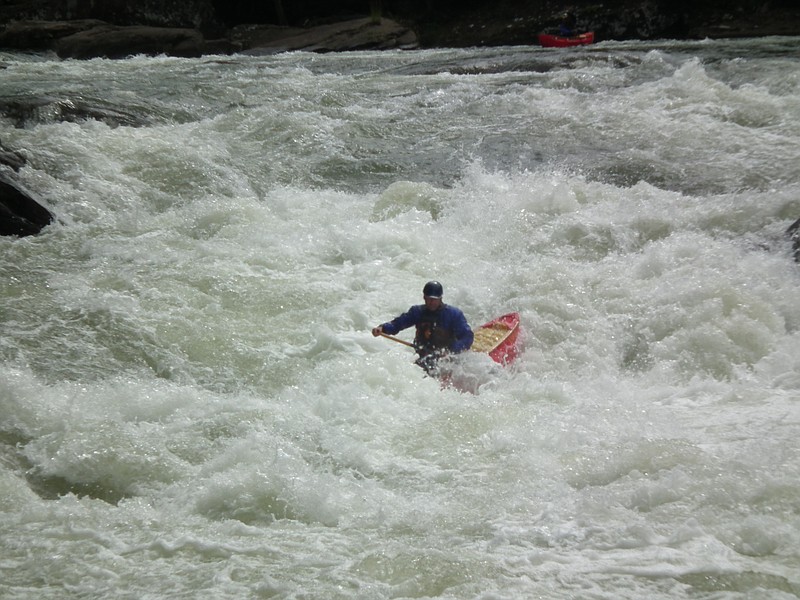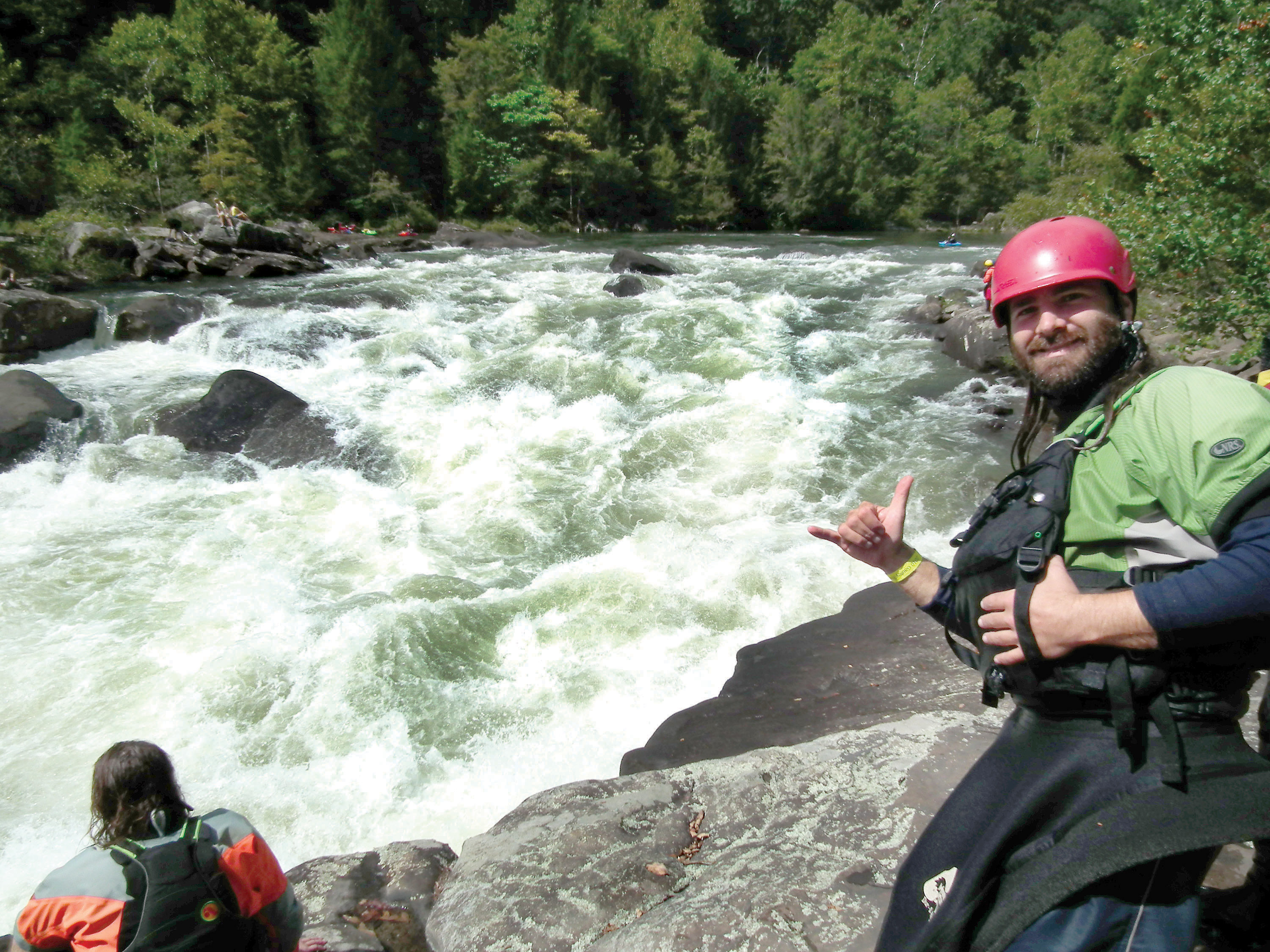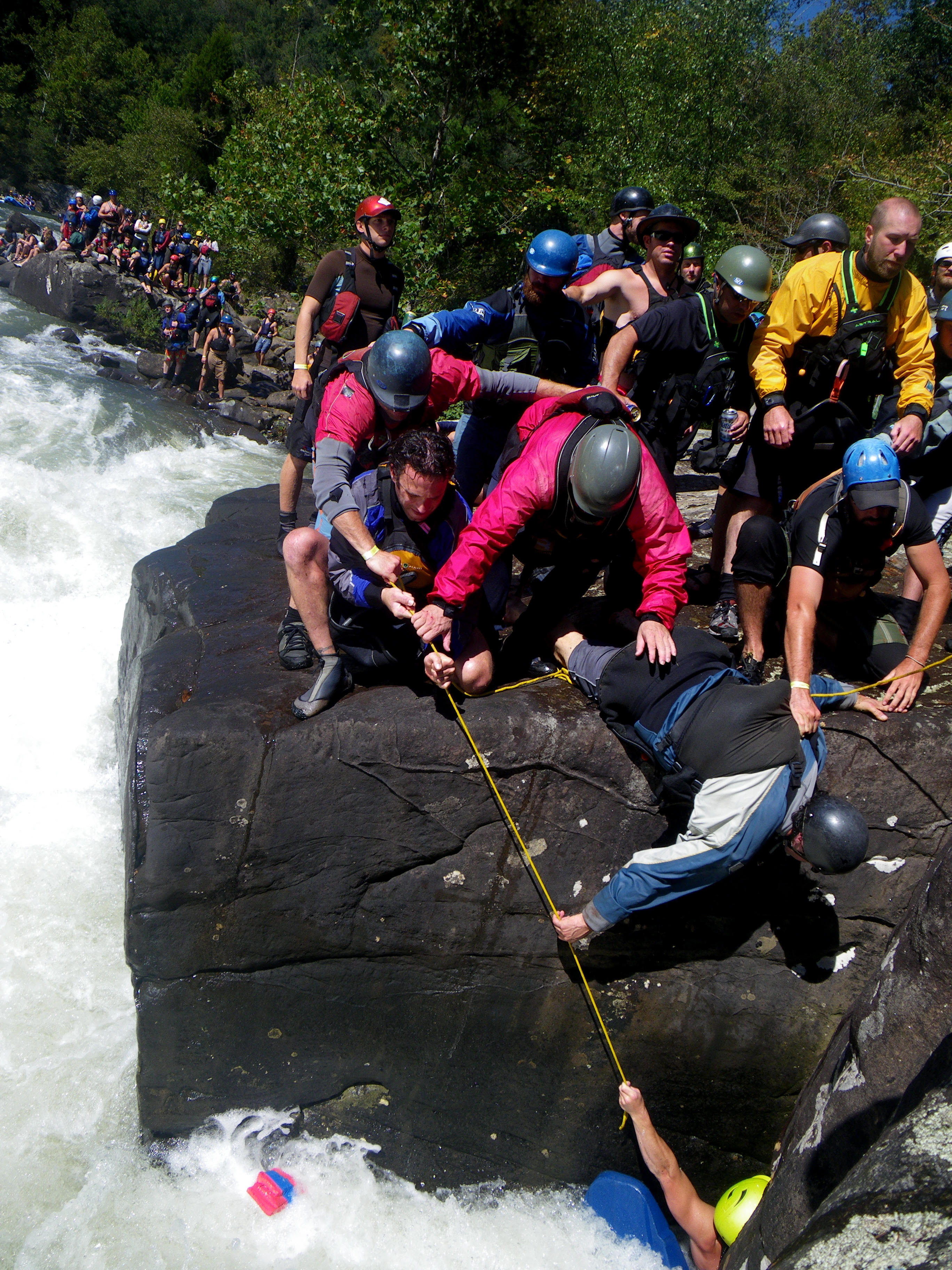To prepare for Gauley Fest, all year, whitewater paddlers train - both for the river and, paddlers often joke, for the after-party, which has a reputation of going all night.
Gauley Fest is the world's largest paddling festival, held every September at Veterans Memorial Park in Summersville, West Virginia. Attracting thousands of paddlers from across the country, it is also the largest fundraiser for American Whitewater, a nonprofit dedicated to river conservation and access.
For three days, the 140-acre park becomes a whitewater mecca. There are vendors, food trucks, live music and camping, all located just 20 minutes from the main attraction: the Upper Gauley River.
The Upper Gauley is a powerful Class IV/V run featuring dozens of legendary rapids. Perhaps best known is the Class V Pillow Rock rapid formed where the river constricts, forcing its big volume to "pillow" against a large boulder at the bottom. Making that rapid even more dramatic, a crack in that boulder creates a 10-foot-long chasm, known as the Room of Doom. If a paddler gets pushed into it, the swirling waters prevent escape and he or she must be rope rescued out.
Video
Visit getoutchattanooga.com to see a video of Gauley Fest shenanigans at Pillow Rock.
Alongside this action-packed stretch, boaters and spectators alike congregate to watch the adrenaline-inspired show: paddlers getting worked by the rapid; spectators sometimes leaping off the boulder, aiming for the rafts below. There have been wedding engagements, mass moonings and, of course, the occasional Room of Doom rescue.
In true Gauley Fest form, the riverside party has the potential to get rowdy. Most festival-goers, however, know to pace themselves. After all, the 9-mile run is demanding, and the real celebration begins back at camp.
There, in the evenings, the stories flow as freely as the beer, and whitewater revelry can last to dawn - but only if one has properly trained.
How it all began
Downstream of the Summersville Dam, the Gauley River National Recreational Area features 25 miles of whitewater, attracting tens of thousands of paddlers each year. The river can run year-round depending on rainfall, but the bulk of these paddlers visit during "Gauley Season," which begins the first weekend after Labor Day and continues for six weekends, coinciding with a series of dam releases that guarantee good flow.
But even before these scheduled releases, the Gauley was known for its rapids.
In 1961, four years before the Summersville Dam was completed, two Pennsylvanian brothers claimed the first descent after successfully rafting one untamed stretch. Over the next several years, the turbulent river surged in popularity.
In the late 1960s, paddlers learned of plans for a second dam that would flood the entire Gauley gorge. A grassroots effort began to save the river. Ultimately, it was determined that the best course of action was to make the Gauley River valuable to the local economy - by way of creating a commercial rafting industry.
Fun fact
In a typical Gauley Season, Summersville Dam spills more than 44 billion gallons of water. That’s enough to supply all of New York City with water for a month or fill 400 Olympic swimming pools every hour. [Source: Adventures on the Gorge Gauley River outfitters]
The first commercial rafting trip took place in 1970. Within just a few years, whitewater rafting on the Gauley was a viable industry.
Meanwhile, more paddlers came together to form Citizens for the Gauley River, which would spearhead campaigns against the construction.
Finally, in 1983, more than a decade's worth of work paid off. Plans for the dam were dropped. And on Sept. 24 of that year, about 800 paddlers gathered to celebrate at what is now considered the first Gauley Fest.
Today, Gauley Fest attracts more than 5,000 paddlers, and it is estimated that "Gauley Season" brings more than $30 million in revenue to West Virginia.
More Info
Gauley Fest may have a wild reputation, but with proper planning, the festival can actually be family-friendly. There are alternative campgrounds, less difficult runs, and trails that lead to the Pillow Rock rapid so that you can get in on the action but across the river at a safe distance. Check out Jackson Kayak’s blog on “5 ways Gauley Fest can be a family-friendly event” at tinyurl.com/FamilyFriendlyGauley to learn more.


